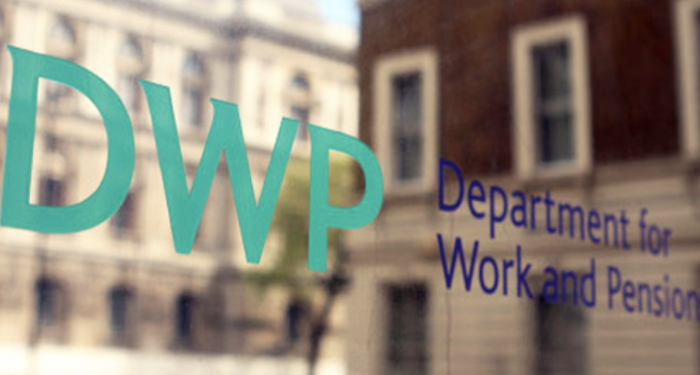The earnings trigger for auto-enrolment payments will remain at £10,000 for the 2024/2025 tax year, the Government has confirmed.
The Department of Work and Pensions said that although this threshold had been frozen, rising salaries should bring more people into the AE net. It estimates that private pension participation would stand at 15.8m in total as a result.
However, recent independent reports into AE have recommended lowering this threshold so pension contributions are made on the first pound of earnings. Recent legislation has also proposed lowering the age at which people are automatically enrolled into their workplace pension and removing the lower earnings limit, although this has yet to be introduced.
At the same time the Department of Work and Pensions has published a report into workplace pension savings for lower earners. This shows the complexity of the pension system, short term budgetary concerns and a lack of support from employer are deterring many lower earners from saving into a pension.
The DWP said there was also a degree of misunderstanding that pension savings could lead to an erosion or elimination of benefit entitlement.
However, the qualitative report also found that low earners said that saving into a pension was desirable and important, while increasing auto-enrolment flexibility (eg the ability to change contribution levels easily, lowering the trigger for enrolment) and higher employer contributions would help.
Broadstones head of DC workplace savings Damon Hopkins says: “The decision to maintain the lower earnings trigger for auto-enrolment will ultimately see more people enrolled in workplace pension schemes as their salaries rise which is good news.
“However, supporting research documents released by the DWP today expose the issues that lower earners face in building up adequate retirement savings.
“While many said they understood the importance of saving for their long-term financial security, there was a lack of understanding around the system as well as how it may impact their benefit entitlement. Unsurprisingly, shorter term financial pressures also impacted their ability or desire to save into a pension.”
Hargreaves Lansdown head of retirement analysis Helen Morrissey says:
“Auto-enrolment thresholds remain frozen as the cost-of-living crisis retains a firm grip on people’s budgets. Auto-enrolment has been an enormous success, but care needs to be taken that only those who can afford to save into a pension do so.
It’s a tricky balance to strike – boosting pension saving is hugely important but it can’t be at the expense of someone’s overall financial resilience. With recent data from the HL Savings and Resilience Barometer showing 89 per cent of the lowest earners have poor or very poor financial resilience, any move to reduce or remove any of these triggers could put people under severe financial strain.
“It is also worth saying that the freezing of thresholds may result in some people receiving a pay increase and being automatically enrolled without realising.
However, it’s also important to highlight there are lower earners who potentially can afford to save into a pension – for instance, young people living at home, those who are part of a higher-earning household or someone who may have more than one job. Making sure that these groups are aware they can choose to be auto-enrolled and build up a pension if they wish is really important and this will be further boosted when the measures contained in the Auto-Enrolment Extension Bill are finally introduced.
Quilter head of retirement policy Jon Greer adds: “Given we are nearing an election and the nation is still dealing with a cost of living crisis it is unsurprising that the DWP has opted not to rock the boat with its automatic enrolment review.
“The AE earnings trigger, the point at which an individual’s salary opts them in for automatic enrolment to their workplace pension scheme, has been kept at £10,000. Similarly, the DWP will continue to freeze the lower earnings limit, the point from which an individual’s earnings are used to calculate the amount of pension contributions that will be paid into a scheme, at £6,240.”
The post DWP freezes AE thresholds for the next tax year appeared first on Corporate Adviser.


